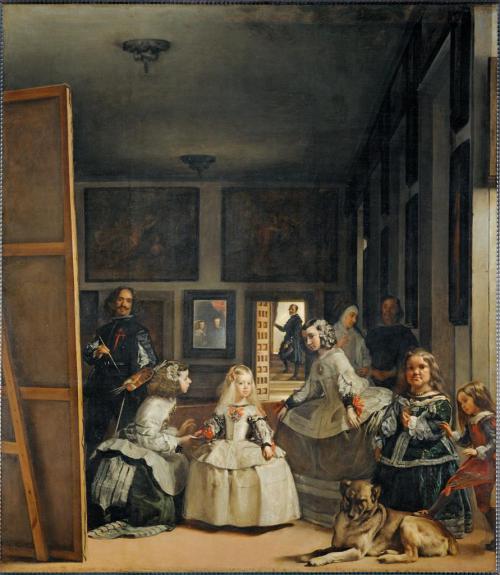
Leonardo da Vinci; Mona Lisa; 1503-1506, Musée du Louvre. Image and original data provided by Erich Lessing Culture and Fine Arts Archives/ART RESOURCE, N.Y.; artres.com

Unknown artist (Gravettian culture), Palaeolithic; Venus of Willendorf; circa 30,000-25,000 BCE; Naturhistorisches Museum, Vienna, Austria. Image and original data provided by Erich Lessing Culture and Fine Arts Archives/ART RESOURCE, N.Y.; artres.com

Edouard Manet; Olympia; 1863-1865; Musée d’Orsay. Image and original data provided by Erich Lessing Culture and Fine Arts Archives/ART RESOURCE, N.Y.; artres.com
In in the vast, global virtual museum of the Artstor Digital Library, women are rising to the top. Our recent use statistics reveal that portraits and likenesses of the fairer sex (your interpretation…) dominate. The subject of women prevailed among the top 20 hits, with, you guessed it, Leonardo’s Mona Lisa, c. 1505, his serene queen, as number one (more than 12,000 views), followed closely by the Venus of Willendorf, c. 30,000-25,000 B.C.E., and Manet’s Olympia, 1863, each a distinctive icon of a particular era.
Among our fine and plentiful selections from the Berlin State Museums (Staatliche Museen zu Berlin), Warhol’s silkscreens of Marilyn, 1967, arguably the modern Mona Lisa, topped the charts, prevailing over favorites by Pieter Bruegel I, Caspar David Friedrich, Jan van Eyck and Hans Holbein the Younger. At MoMA, another version, the Gold Marilyn Monroe, 1962, figured among the top ten, and its shimmering ground recalls so many Byzantine and early Italian Madonnas, like Giotto’s Ognissanti Madonna, c. 1310, one of the most frequented images across all of our collections.
Continue Reading »














